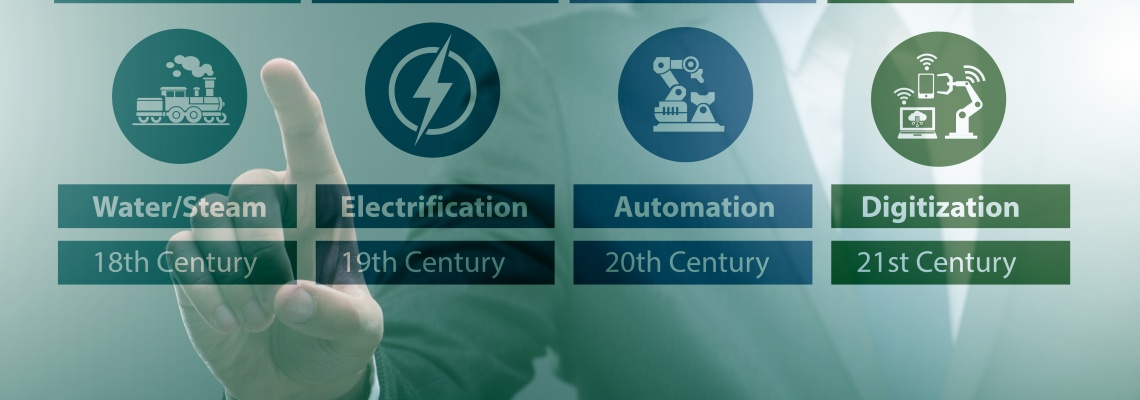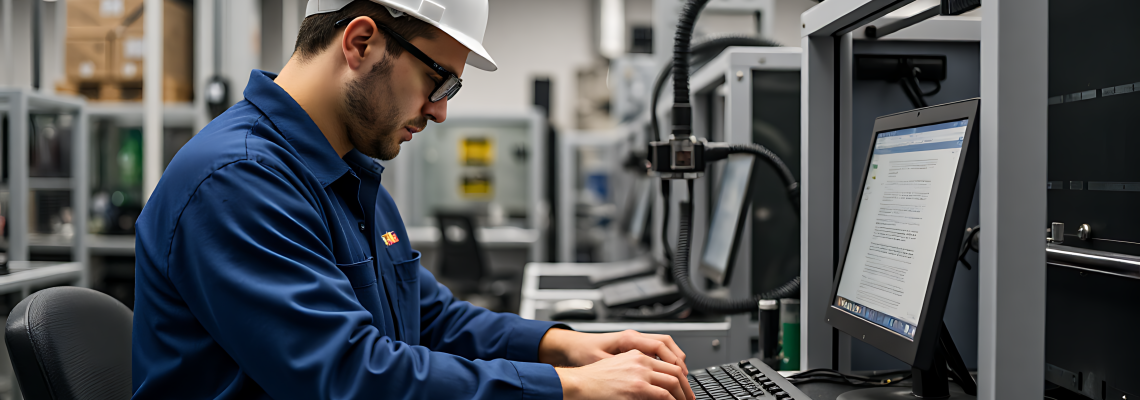AI and machine learning are transforming manufacturing by automating processes, reducing inefficiencies, and optimizing production workflows. Here’s how:
1. Identify & Resolve Bottlenecks
🔹 AI detects slow production stages and workflow inefficiencies.
🔹 Predictive algorithms suggest process improvements.
Example: AI pinpoints a machine causing delays and recommends calibration, preventing production slowdowns.
2. Automated Machine Alerts
🔹 Real-time monitoring identifies performance deviations.
🔹 Automated alerts enable proactive maintenance, reducing downtime.
Example: A machine’s vibration levels rise, triggering an alert before failure occurs.
3. Optimize Part Production & Quality
🔹 AI dynamically adjusts processes for consistency.
🔹 Machine learning detects defects, minimizing waste.
Example: AI-powered vision systems identify faulty parts, reducing scrap rates.
The Future is Smart Manufacturing
AI-driven automation helps manufacturers boost efficiency, cut costs, and maintain high-quality production. Invest in AI today to stay ahead!


